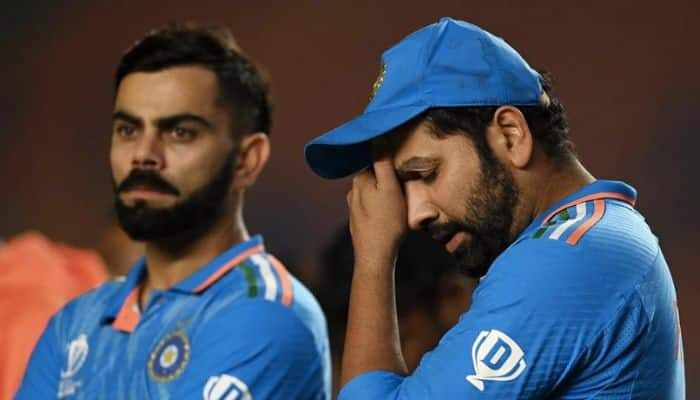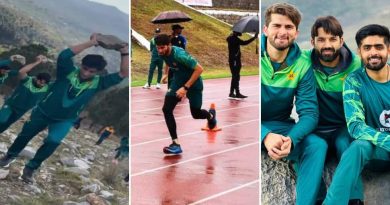Rohit Sharma & Virat Kohli’s 2027 World Cup Dreams In Doubt? BCCI Plans ‘Honest Talks’ Amid Changing Indian ODI Core
In a pivotal development that could shape the future of Indian ODI cricket, the Board of Control for Cricket in India (BCCI) is reportedly preparing to initiate candid discussions with Virat Kohli and Rohit Sharma regarding their international future in the 50-over format. With the 2027 ICC ODI World Cup looming on the horizon and a new generation of cricketers making their mark, the inclusion of two of India’s biggest icons is no longer a foregone conclusion.
Changing Guard: Gill Era Begins, Questions Loom Over Seniors
Fresh off a compelling 2-2 draw in the inaugural Anderson-Tendulkar Trophy in England, the Shubman Gill-led side has sparked optimism for the future. India’s next-gen stars – including Ruturaj Gaikwad, Yashasvi Jaiswal, and Rinku Singh – have shown promising signs of leadership, resilience, and hunger, reigniting conversations about a generational shift.
While Kohli and Rohit remain the faces of Indian cricket, their ODI careers now hang in delicate balance. Both players retired from T20Is after clinching the 2024 T20 World Cup and stepped away from Test cricket earlier this year. This move, initially perceived as a strategic focus on ODIs, is now being re-evaluated.
2027 World Cup: Time, Age, and Opportunity
Set to be held in South Africa in November 2027, the next ODI World Cup is more than two years away. By then, both Kohli and Rohit will be nearing the age of 40 – a factor weighing heavily in the BCCI’s planning.
“They have achieved everything. Nobody is going to force them to retire,” a BCCI source told PTI. “But there will be some honest and professional conversations before the next ODI cycle begins. It’s important to assess where they stand – physically, mentally, and in terms of team balance.”
This statement reflects a broader vision – India last won an ODI World Cup in 2011, and the selectors appear keen on a long-term plan built around youth and continuity, rather than sentiment.
Limited Game Time Adds to the Dilemma
Between now and the 2027 World Cup, India will play just 27 ODIs. With Kohli and Rohit not part of the T20I or Test setups anymore, their participation in ODIs becomes sporadic. A lack of consistent match exposure could make it difficult for them to sustain rhythm and form at the international level.
The next time the duo might feature together is during the Australia tour in October 2025, followed by limited-overs series against South Africa and New Zealand. However, even these six ODIs before the end of the year might not be enough to cement their roles in a squad brimming with emerging talent.
Legacy vs Longevity: A Balancing Act for BCCI
There’s no denying the stature of Kohli and Rohit. With over 14,000 and 11,000 ODI runs respectively, they have been the cornerstone of India’s batting for more than a decade. Their experience, big-match temperament, and leadership could still prove invaluable. Kohli’s hunger for a second ODI World Cup, and Rohit’s desire to lift the trophy as captain, remain strong personal motivations.
Yet, the BCCI seems determined to balance respect with realism. The goal is to ensure India peaks at the right time in 2027 with a fully prepared squad — not one relying on reputation alone.
Youth Movement Gathers Pace
As the transition accelerates, the likes of Shubman Gill, Ishan Kishan, and Ruturaj Gaikwad are making strong cases for permanent roles. The BCCI’s decision to rotate and experiment with younger players in the upcoming ODIs underlines their focus on succession planning.
“There’s a clear roadmap being discussed,” a senior board official revealed. “The conversation with Rohit and Kohli is necessary, not confrontational. They deserve the transparency and respect they’ve earned.”



